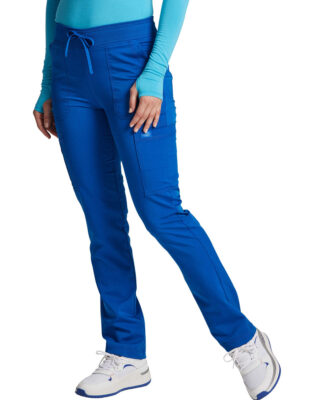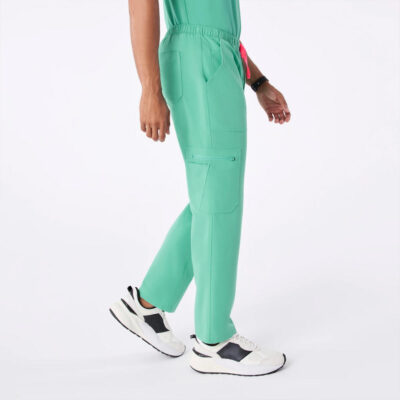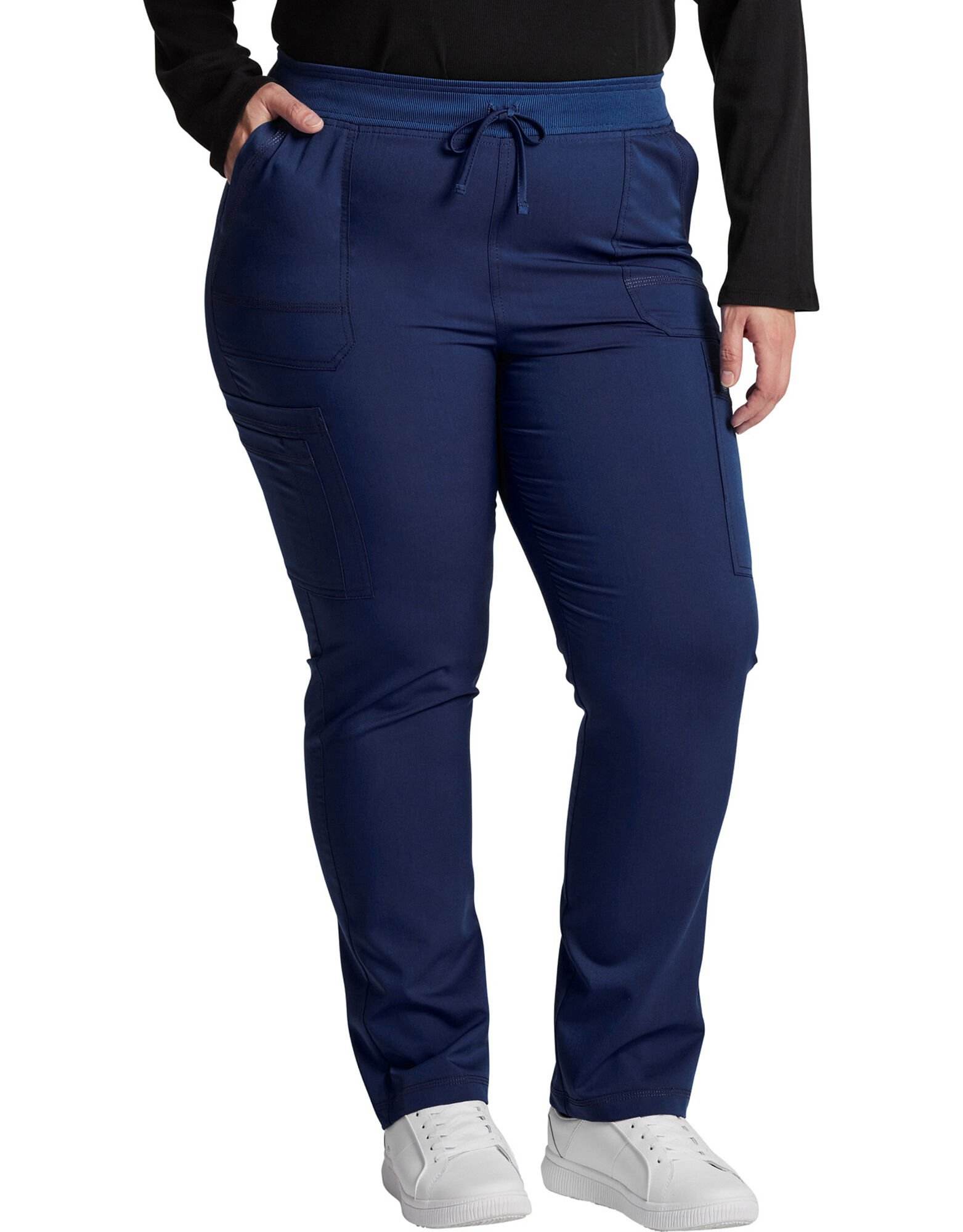A well-placed logo can transform a simple medical scrub into a professional, recognizable uniform.
For hospitals, clinics, and healthcare brands, logo application is not just decoration — it’s a form of identity and trust.
However, when scrubs face industrial laundering and chemical exposure daily, branding must be more than beautiful; it must be built to last.
This article breaks down how embroidery and heat-transfer methods can be optimized to deliver durable, compliant, and visually consistent results.
🧵 1. Why Branding Matters in Healthcare Uniforms
In healthcare environments, logos serve three purposes:
-
Identification — Helping patients recognize medical staff instantly.
-
Professionalism — Reflecting the institution’s quality and attention to detail.
-
Cohesion — Creating visual unity across multiple departments or facilities.
Strong branding reinforces reliability — a vital value in healthcare operations.
Modern Scrubs Manufacturers understand that brand presentation is as important as fit, comfort, and hygiene.
🧶 2. Embroidery: The Classic and Durable Choice
Embroidery remains the gold standard for permanent branding on scrubs.
When done correctly, it offers:
-
High color accuracy and thread density.
-
Excellent resistance to bleach and industrial laundering.
-
A premium, textured look suitable for uniforms.
Key specifications for buyers:
-
Thread type: Use polyester core-spun or rayon threads for maximum wash durability.
-
Stitch density: Minimum 5,000 stitches per logo for clarity.
-
Backing type: Choose soft tear-away or no-show mesh to avoid skin irritation.
When sourcing from professional custom scrubs manufacturers, confirm that embroidery machines are calibrated for healthcare fabric thickness and stretch characteristics to prevent puckering.
🔥 3. Heat-Transfer Logos: Modern and Flexible
Heat-transfer printing is a popular alternative for sleek, lightweight branding — ideal for performance fabrics and stretch scrubs.
Advantages include:
-
Smooth surface with no thread buildup.
-
Sharp edge definition for small fonts or icons.
-
Cost efficiency for short runs and custom names.
However, not all transfers are created equal.
Look for medical-grade polyurethane (PU) or silicone-based transfers designed to withstand:
-
80–90°C industrial washes
-
Steam tunnel drying
-
Disinfectant chemicals
Low-cost PVC transfers may crack or peel after a few washes — avoid these for institutional uniforms.
⚙️ 4. Placement and Ergonomics
Logo placement should align with both aesthetics and practicality.
Most institutions prefer:
-
Left chest: for easy visibility in patient interaction.
-
Sleeve or upper back: for department identifiers.
-
Pant pocket flap: for discreet branding.
During design, ensure logos don’t interfere with stretch zones or seam lines, which could cause distortion or fraying during movement.
🧪 5. Testing for Durability
Before approving any logo process, always conduct wash and wear tests that simulate real hospital conditions:
-
Wash 50 cycles at 80°C.
-
Expose to chlorine-based detergents.
-
Measure color change (ΔE) and logo adhesion.
A professional manufacturer will provide AATCC 135 (dimensional stability) and AATCC 61 (colorfastness to bleach) test reports to verify branding resilience.
🧵 6. Combining Embroidery and Transfer for Hybrid Branding
Many brands now combine embroidery and heat-transfer to balance durability with flexibility.
For example:
-
Use embroidery for the hospital logo.
-
Apply heat-transfer for employee names or department tags.
This approach maintains visual consistency while allowing easier customization for large-scale staff programs.
💡 7. Common Branding Pitfalls to Avoid
-
Using cotton backing that shrinks and distorts embroidery.
-
Oversized logos placed on stretch panels, causing cracking.
-
Using metallic threads that degrade under chlorine bleach.
-
Applying transfers at incorrect temperature or dwell time.
A certified custom scrubs manufacturer ensures all logo processes follow technical guidelines and are validated under industrial wash conditions.
📋 8. Procurement Best Practices
When preparing your logo-ready order:
-
Submit vector files (AI or EPS) for clarity.
-
Approve embroidery swatches and transfer samples.
-
Confirm thread and ink color codes (Pantone or Madeira).
-
Include logo location diagrams in your tech pack.
By specifying these details early, you can avoid costly rework and ensure consistent branding across thousands of uniforms.
Conclusion
Branding medical scrubs is both an art and a science — blending visual identity with technical precision.
Embroidery and heat-transfer each have their strengths, but both require tested processes to survive real-world use.
By collaborating with specialized custom scrubs manufacturers and experienced scrubs manufacturers, healthcare buyers can create branded uniforms that look professional, wash after wash — reinforcing trust, quality, and pride with every wear.






















